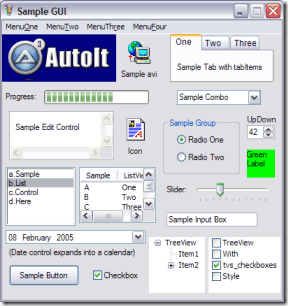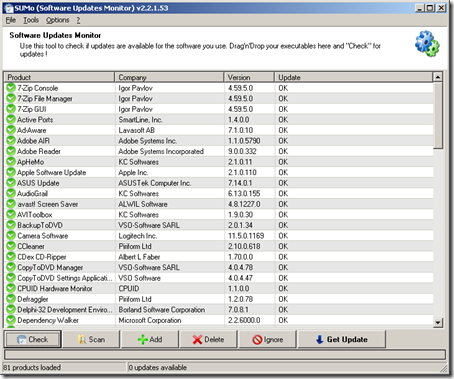Configure Different Database Settings for Different JVMs in iBATIS »
By admin on Jan 15, 2009 | In Java, Programming | No Comments »
I have a common class which is used to create the SqlMapClient object to access the database. The class is used by multiple Java processes.
The problem is that I want each Java process to have specific database settings, and I do not want to maintain redundant information in different SQL mapping configuration files, e.g. the references to the SQL mapping files.
The requirements
- If no process specific configuration, then all Java processes use default values
- If I want to configure process specific information, I need to specify the properties in a file, and specify it during process startup.
Below are the iBATIS configurations I want to be specific for each Java process if needed.
<!-- OPTIONAL PROPERTIES BELOW -->
<property name="initialSize" value="5"/>
<property name="maxActive" value="100"/>
<property name="maxIdle" value="20"/>
<property name="maxWait" value="60000"/>
<property name="poolPreparedStatements" value="true"/>
<property name="validationQuery" value="select 0 from dual"/>
<property name="testOnBorrow" value="true"/>
To achieve what I want, first I need to make sure the values are retrieve from properties
<!-- OPTIONAL PROPERTIES BELOW -->
<property name="initialSize" value="${db.connection.initialSize}"/>
<property name="maxActive" value="${db.connection.maxActive}"/>
<property name="maxIdle" value="${db.connection.maxIdle}"/>
<property name="maxWait" value="${db.connection.maxWait}"/>
<property name="poolPreparedStatements" value="${db.connection.poolPreparedStatements}"/>
<property name="validationQuery" value="${db.connection.validationQuery}"/>
<property name="testOnBorrow" value="${db.connection.testOnBorrow}"/>
In the global property files database.properties, I specify the default values
# General database values
db.connection.initialSize=10
db.connection.maxActive=800
db.connection.maxIdle=100
db.connection.maxWait=6000
db.connection.poolPreparedStatements=true
db.connection.validationQuery=select 0 from dual
db.connection.testOnBorrow=true
In the Java code, I use the SqlMapClientBuilder.buildSqlMapClient(Reader, Properties) method to achieve this
static {
try {
SqlMapClient sqlMap = buildSqlMapClient("sqlmap-config.xml", System.getProperty("db-config"));
.....
} ...
}
/**
* Build SQL map client and optional load additional properties if specified in the start up command line
*
* @param resource SQL map file
* @param optionalPropertiesFile Optional properties file name
* @return A SQL map client
* @throws Exception Any exception
*/
private static SqlMapClient buildSqlMapClient(String resource, String optionalPropertiesFile) throws Exception {
Properties properties = new Properties();
properties.load(Resources.getResourceAsReader("database.properties"));
Reader reader = Resources.getResourceAsReader(resource);
if (StringUtils.isNotBlank(optionalPropertiesFile)) {
properties.load(Resources.getResourceAsReader(optionalPropertiesFile));
}
return SqlMapClientBuilder.buildSqlMapClient(reader, properties);
}
As you can see, I can pass the customised properties file into the code using the “db-config” property which can specified during run time.
Let’s say I create the following properties file called “customised.properties”
# customized database values
db.connection.initialSize=100
db.connection.maxActive=1000
I can tell the Java process to use this file by defining the start up properties.
java -Ddb-config=customised.properties com.myapp
Popularity: 2% [?]




